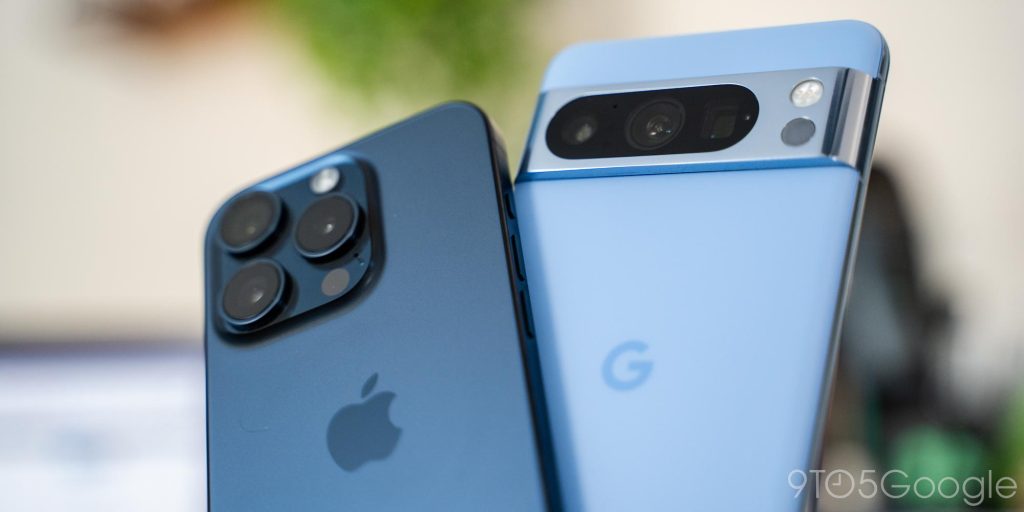Every year, Apple releases new iPhone models and iOS updates that bring a variety of features to the ecosystem. However, many of these “new” features have often been available on Android phones for some time. Here’s a look at some of the recent iPhone features that Android users have already been enjoying:
1. Customizable Home Screen Widgets
With iOS 14, Apple introduced customizable home screen widgets, allowing users to place different sized widgets alongside their apps.
- Android Equivalent: Android has had customizable widgets since its early versions. Users have long enjoyed the flexibility to place various widgets on their home screens, such as weather, calendar, news, and more, in different sizes and styles.
2. App Library/Drawer
iOS 14 also brought the App Library, which organizes all of the user’s apps into one convenient view, similar to an app drawer.
- Android Equivalent: Android has had an app drawer for organizing apps since its inception. This drawer allows users to keep their home screens uncluttered by storing all installed apps in a single, easily accessible location.
3. Picture-in-Picture Mode
Picture-in-Picture (PiP) mode, introduced in iOS 14, allows users to watch videos or take FaceTime calls while using other apps.
- Android Equivalent: PiP mode was introduced with Android Oreo (Android 8.0) back in 2017. It lets users continue watching videos in a small, movable window while navigating other apps on their device.
4. Default Apps
iOS 14 allowed users to set third-party apps as their default email and web browser applications.
- Android Equivalent: Android has supported setting default apps for various functions (such as web browsing, messaging, and more) for many years. This gives users greater flexibility and choice in how they interact with their device.
5. App Clips
App Clips, introduced in iOS 14, allow users to quickly access a small part of an app without downloading the entire application.
- Android Equivalent: Android’s Instant Apps, introduced in 2017, offer a similar functionality. They allow users to try out parts of an app without the need to fully install it, providing quick access to features when needed.
6. Enhanced Privacy Labels
iOS 14.3 introduced privacy labels in the App Store, providing users with detailed information on how apps use their data.
- Android Equivalent: While not identical, Android has had extensive app permission controls for years, and with Android 10 and later, it introduced more detailed privacy and permission management. Additionally, the Google Play Store provides information about app permissions and data usage, although the format is different from Apple’s privacy labels.
7. Translation App
iOS 14 brought a new Translate app, allowing users to translate text and voice conversations between several languages.
- Android Equivalent: Google Translate has been available on Android (and iOS) for many years, offering robust text and voice translation across a vast number of languages, along with additional features like offline translation and real-time translation via the camera.

Conclusion
While Apple often markets these features as groundbreaking, many of them have been available on Android devices for years. Both iOS and Android continue to evolve, often borrowing and refining features from each other, leading to a better overall user experience for both platforms. Whether you’re an iOS or Android user, it’s clear that competition between the two giants drives innovation, benefiting all users in the end.



o67d9t
9r90zj